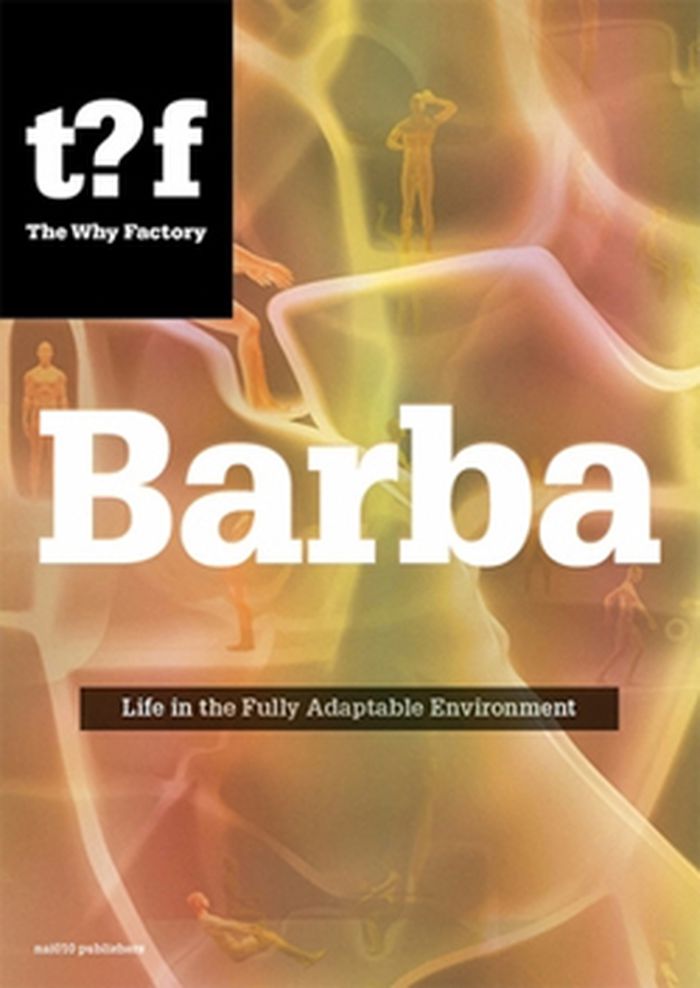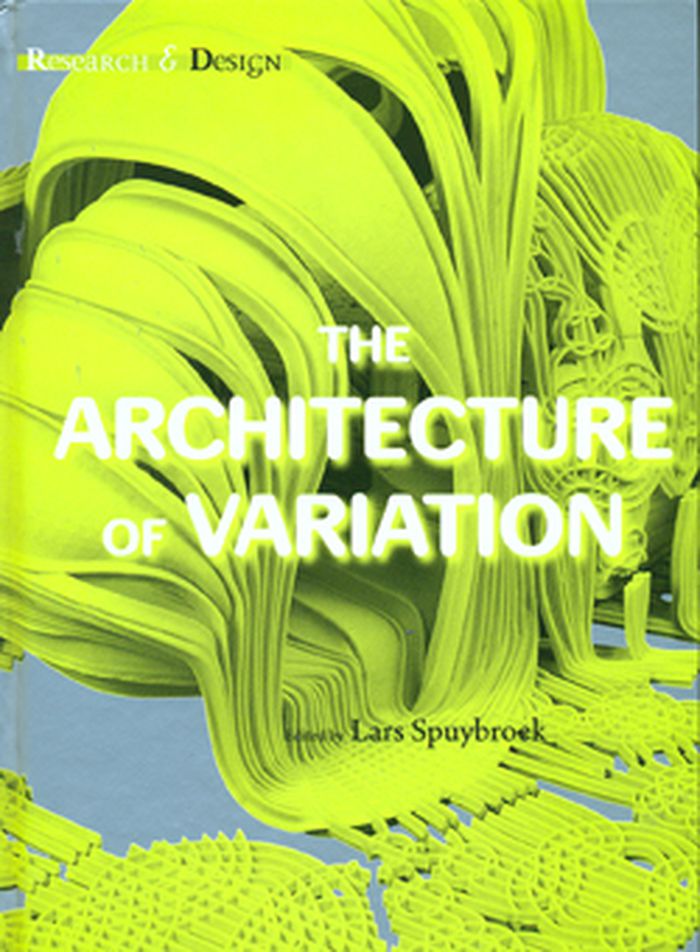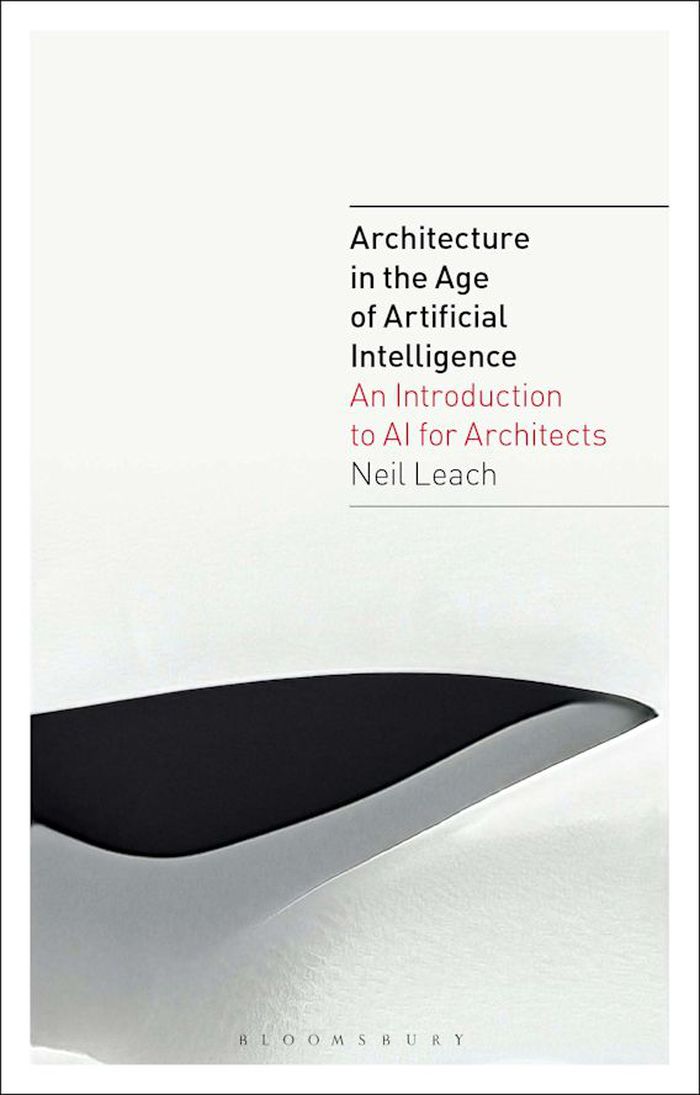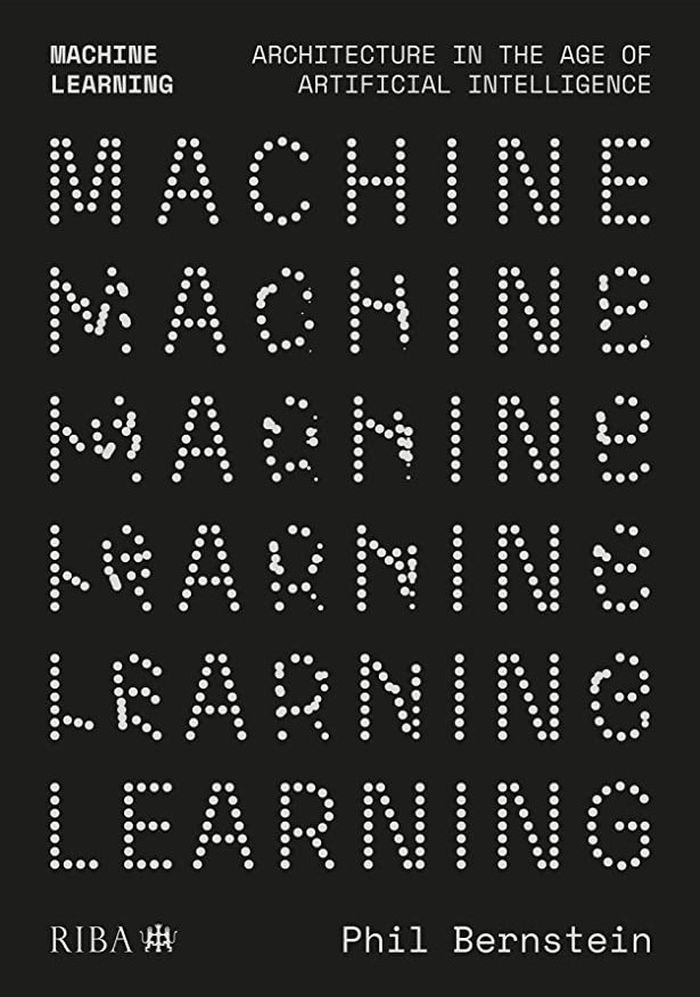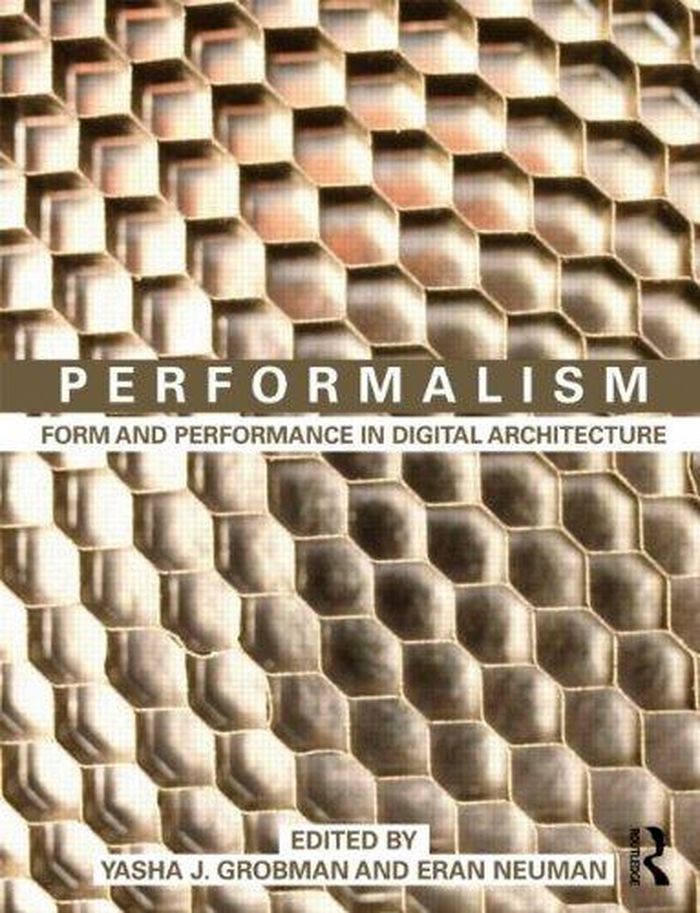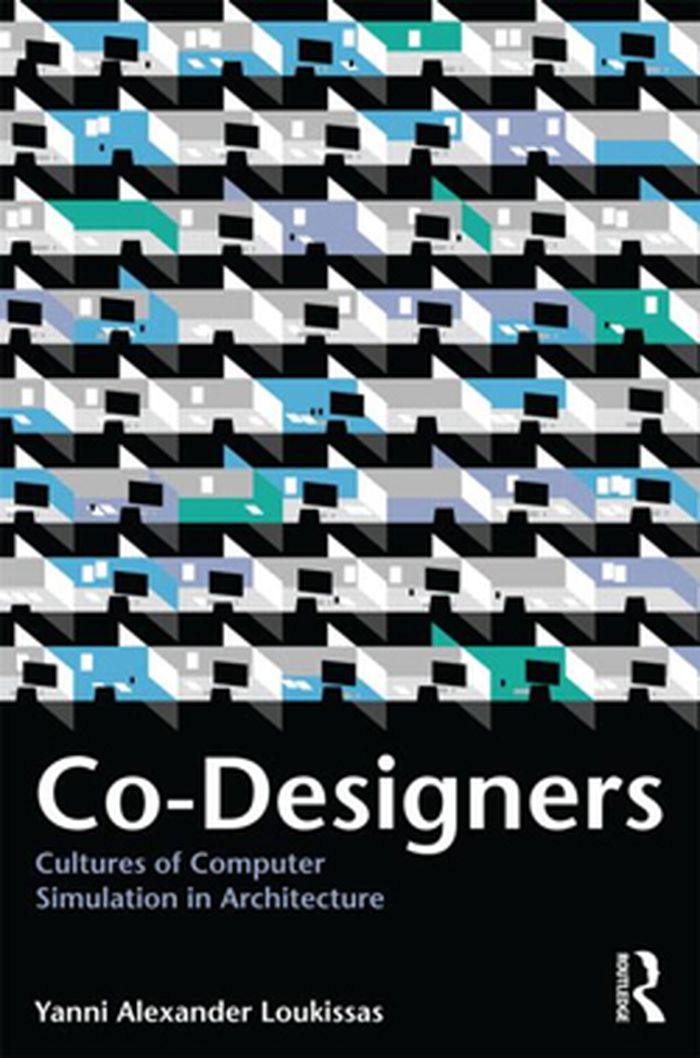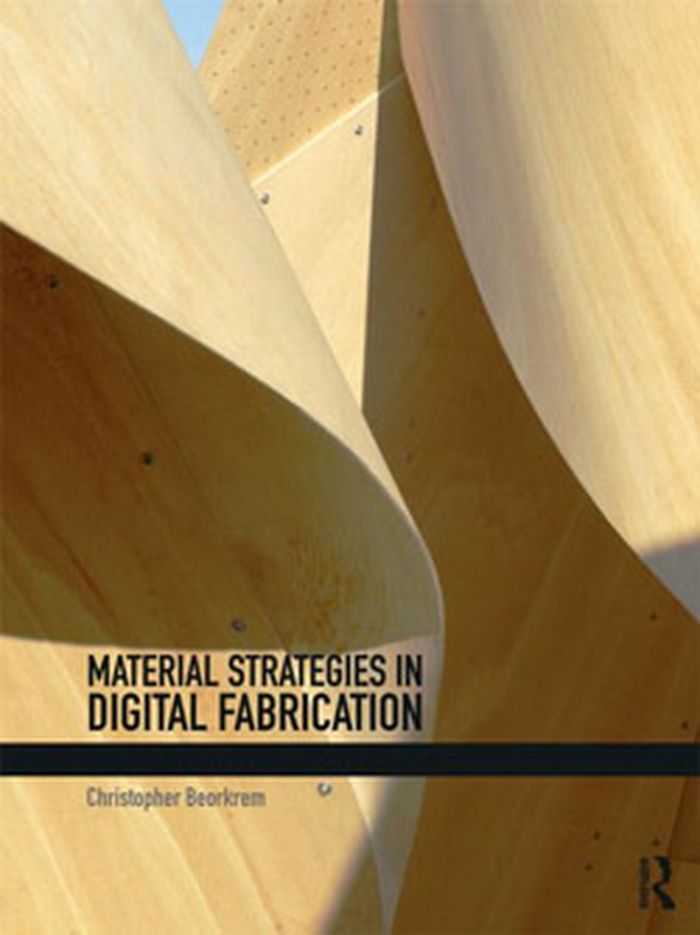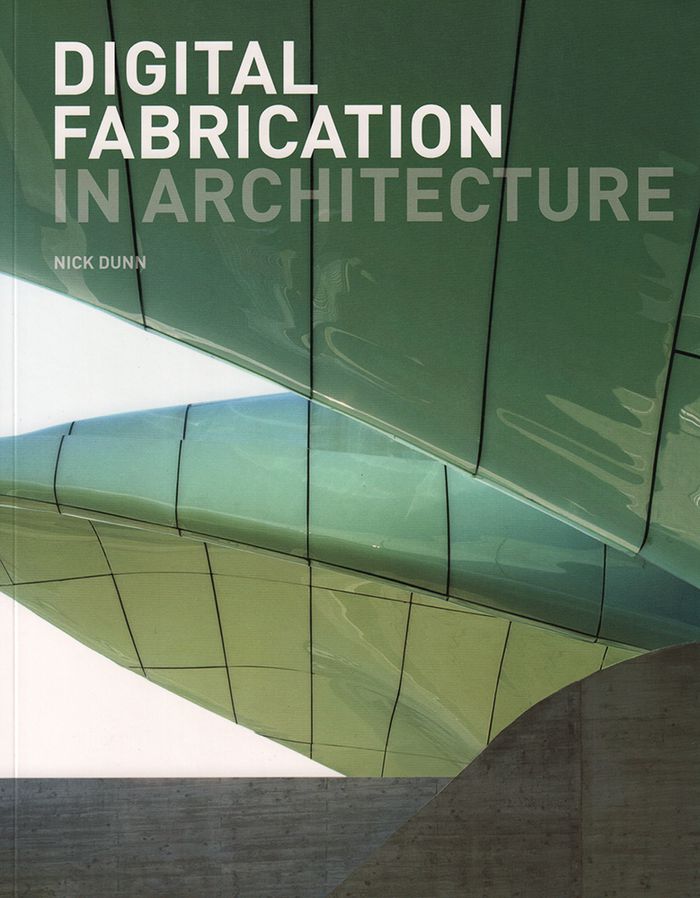$57.50
(disponible en magasin)
Résumé:
How might nanotechnology—the manipulation of matter at the level of atoms and molecules—change buildings and cities in the future? The authors of Barba have imagined one possible future, shaped by a miraculous nanomaterial of the same name, which can be steered and altered in real time, changing its shape and size at will. With Barba, the authors speculate, the built(...)
Barba: Life in the Fully Adaptable Environment
Actions:
Prix:
$57.50
(disponible en magasin)
Résumé:
How might nanotechnology—the manipulation of matter at the level of atoms and molecules—change buildings and cities in the future? The authors of Barba have imagined one possible future, shaped by a miraculous nanomaterial of the same name, which can be steered and altered in real time, changing its shape and size at will. With Barba, the authors speculate, the built environment can be adapted almost immediately to every desire and every need. This volume, the latest in The Why Factory’s Future Cities series, envisions the dramatic potential of nanomaterial to change cities and architecture in the not-so-distant future, further explored in a series of interactive experiments and installations. Part speculative architecture, part science fiction, Barba follows an inhabitant of this flexible future world for a day, daring the reader to imagine life in a fully adaptable environment.
Architecture numérique
$60.95
(disponible sur commande)
Résumé:
In this volume, Molly Wright Steenson explores the work of four architects in the 1960s and 1970s who incorporated elements of interactivity into their work. Christopher Alexander, Richard Saul Wurman, Cedric Price, and Nicholas Negroponte and the MIT Architecture Machine Group all incorporated technologies—including cybernetics and artificial intelligence—into their work(...)
Architectural intelligence: How designers and architects created the digital landscape
Actions:
Prix:
$60.95
(disponible sur commande)
Résumé:
In this volume, Molly Wright Steenson explores the work of four architects in the 1960s and 1970s who incorporated elements of interactivity into their work. Christopher Alexander, Richard Saul Wurman, Cedric Price, and Nicholas Negroponte and the MIT Architecture Machine Group all incorporated technologies—including cybernetics and artificial intelligence—into their work and influenced digital design practices from the late 1980s to the present day. The projects Steenson examines mostly did not result in constructed buildings, but rather in design processes and tools, computer programs, interfaces, digital environments. Alexander, Wurman, Price, and Negroponte laid the foundation for many of our contemporary interactive practices, from information architecture to interaction design, from machine learning to smart cities.
Architecture numérique
$32.00
(disponible sur commande)
Résumé:
Edited by a pioneer of the digital revolution, this new book takes its cue from the practice of mass-customization, one of the most important design and retail trends of recent years, to consider how variations on the same design idea can be applied to a broad spectrum of architectural, engineering, and construction solutions. The book has three parts: a group of essays(...)
The architecture of variation
Actions:
Prix:
$32.00
(disponible sur commande)
Résumé:
Edited by a pioneer of the digital revolution, this new book takes its cue from the practice of mass-customization, one of the most important design and retail trends of recent years, to consider how variations on the same design idea can be applied to a broad spectrum of architectural, engineering, and construction solutions. The book has three parts: a group of essays by leading thinkers on design; comparative studies on variation; and case studies.
Architecture numérique
$39.50
(disponible en magasin)
Résumé:
The first volume in a two-book series, this book introduces AI for designers and considers its positive potential for the future of architecture and design. Explaining what AI is and how it works, the book examines how different manifestations of AI will impact the discipline and profession of architecture. Highlighting current case-studies as well as near-future(...)
Architecture in the age of artificial intelligence: an introduction to AI for architects
Actions:
Prix:
$39.50
(disponible en magasin)
Résumé:
The first volume in a two-book series, this book introduces AI for designers and considers its positive potential for the future of architecture and design. Explaining what AI is and how it works, the book examines how different manifestations of AI will impact the discipline and profession of architecture. Highlighting current case-studies as well as near-future applications, it shows how AI is already being used as a powerful design tool, and how AI-driven information systems will soon transform the design of buildings and cities.
Architecture numérique
$66.50
(disponible sur commande)
Résumé:
A new era is rapidly approaching when computers will not merely be instruments for data creation, manipulation and management, but, empowered by artificial intelligence, they will become agents of design themselves. Architects need a strategy for facing the opportunities and threats of these emergent capabilities or risk being left behind. Architecture’s best-known(...)
Machine learning: Architecture in the age of artificial intelligence
Actions:
Prix:
$66.50
(disponible sur commande)
Résumé:
A new era is rapidly approaching when computers will not merely be instruments for data creation, manipulation and management, but, empowered by artificial intelligence, they will become agents of design themselves. Architects need a strategy for facing the opportunities and threats of these emergent capabilities or risk being left behind. Architecture’s best-known technologist, Phil Bernstein, provides that strategy. Divided into three key sections – Process, Relationships and Results – this book lays out an approach for anticipating, understanding and managing a world in which computers often augment, but may well also supplant, knowledge workers like architects.
Architecture numérique
$111.50
(disponible en magasin)
Résumé:
Today, with the advent of digital media technologies and the ability to conceptualize, express and produce complex forms using digital means, the question of the status of the architectural form is once again under consideration. Indeed, the computer liberated architecture from the tyranny of the right angle and enabled the design and production of non-standard buildings,(...)
Performalism: form and performance in digital architecture
Actions:
Prix:
$111.50
(disponible en magasin)
Résumé:
Today, with the advent of digital media technologies and the ability to conceptualize, express and produce complex forms using digital means, the question of the status of the architectural form is once again under consideration. Indeed, the computer liberated architecture from the tyranny of the right angle and enabled the design and production of non-standard buildings, based on irregular geometry. Yet, the questions concerning the method of form expression in contemporary architecture, and its meaning, remain very much open. Performalism takes up this discussion, defines it and presents changes in form conception in architecture, followed by their repercussions. The book is supported by a wealth of case studies from some of the top firms across the globe and contributed to by some of the top names in this field. With a unique and insightful emphasis on professional practice this is essential reading for all architects, aspiring and practicing. The book is supported by a wealth of case studies from some of the top firms across the globe and contributed to by some of the top names in this field.
Architecture numérique
$53.95
(disponible sur commande)
Résumé:
Organized around the accounts of professional designers engaged in a high-stakes competition to redefine their work for the technological moment, this book explores the emerging cultures of computer simulation in architecture. Not only architects, but acousticians, fire safety engineers, and sustainability experts see themselves as co-designers in architecture, engaging(...)
Co-Designers: cultures of computer simulation in architecture
Actions:
Prix:
$53.95
(disponible sur commande)
Résumé:
Organized around the accounts of professional designers engaged in a high-stakes competition to redefine their work for the technological moment, this book explores the emerging cultures of computer simulation in architecture. Not only architects, but acousticians, fire safety engineers, and sustainability experts see themselves as co-designers in architecture, engaging new technologies for simulation in an evolving search for the roles and relationships that can bring them both professional acceptance and greater control over design.
Architecture numérique
$53.50
(disponible sur commande)
Résumé:
Author Christopher Beorkrem shows how material performance drives the digital fabrication process and determines technique. He has recreated and dissected thirty-six of the most progressive works of architecture of the last few years, with perspectives from the designers so that you can learn from the successes and failures of each project. Including step-by-step diagrams(...)
Material strategies in digital fabrication
Actions:
Prix:
$53.50
(disponible sur commande)
Résumé:
Author Christopher Beorkrem shows how material performance drives the digital fabrication process and determines technique. He has recreated and dissected thirty-six of the most progressive works of architecture of the last few years, with perspectives from the designers so that you can learn from the successes and failures of each project. Including step-by-step diagrams and using consistent language and the simplest construction techniques, he identifies the important characteristics of each material, including connection types, relative costs, deformation, color, texture, finish, dimensional properties, durability, and weathering and waterproofing to link the design outcomes to form. The book is divided into five parts by material – wood, metal, concrete, hybrids, and recycled – to help you reference construction techniques for the fabrication machines you have on-hand.
Architecture numérique
$63.00
(disponible sur commande)
Résumé:
Despite its importance to place-making, urban planning, and the environment, landscape design has often played an inferior role to architecture. Typically, as little as three percent of a project's construction budget is allocated to the space that surrounds a building, but that is changing. A greater desire to blend buildings into their contexts, ecological(...)
Digital landscape architecture now
Actions:
Prix:
$63.00
(disponible sur commande)
Résumé:
Despite its importance to place-making, urban planning, and the environment, landscape design has often played an inferior role to architecture. Typically, as little as three percent of a project's construction budget is allocated to the space that surrounds a building, but that is changing. A greater desire to blend buildings into their contexts, ecological considerations, legislation, and new definitions of "scaping" have opened up exciting possibilities. Coinciding with heightened social sensitivities, advances in material application, data-driven mapping techniques, and digital technologies and construction methods, landscape designers are producing a new wave of work around the world, reshaping gardens, public squares, leisure areas, and industrial parks. Among the practices included in this survey are designers who have bridged modernism with newer forms (Emergent, West 8); architects whose work fuses with the earth's contours (Zaha Hadid, MVRDV); and a generation of designers only just emerging from universities. Nadia Amoroso is Professor of Landscape Architecture at the University of Toronto and has lectured at Harvard and Cornell universities.
$57.00
(disponible sur commande)
Résumé:
With the increasing sophistication of CAD and other design software, there is now a wide array of means for both designing and fabricating architecture and its components. The proliferation of advanced modeling software and hardware has enabled architects and students to conceive and create designs that would be very difficult to do using more traditional methods. This(...)
Digital fabrication in architecture
Actions:
Prix:
$57.00
(disponible sur commande)
Résumé:
With the increasing sophistication of CAD and other design software, there is now a wide array of means for both designing and fabricating architecture and its components. The proliferation of advanced modeling software and hardware has enabled architects and students to conceive and create designs that would be very difficult to do using more traditional methods. This book focuses on the inspiring possibilities for architecture that can be achieved with all the different technologies and techniques available for making complete designs or their components.
Architecture numérique
